Picture this: your child suddenly starts complaining they can't see the whiteboard at school, or you notice them squinting at the TV from across the room. Sound familiar? You might be dealing with myopia, also known as nearsightedness, and you're definitely not alone.
Myopia has become incredibly common in children today, affecting millions of kids worldwide. The good news? Understanding what's happening and knowing your options make a huge difference in protecting your child's vision for the future.
What Is Myopia?
Myopia, often called nearsightedness, means your child struggles to see distant objects clearly, like the classroom board or street signs. Close-up vision, however, remains sharp. This occurs because their eyeball has grown too long front-to-back, or their cornea (the eye's clear front surface) is too curved. Consequently, light entering the eye focuses in front of the retina instead of directly on it, leading to blurry vision for faraway things.
What Causes Myopia in Children?
Several factors can contribute to myopia:
- Genetics: If you or your partner are nearsighted, there's an increased chance your child will also develop myopia.
- Ethnicity: Asian and Hispanic children have a higher risk.
- Age: Myopia often appears between ages 6 and 14 and can worsen through the teenage years.
- Environmental factors: Spending a lot of time on close-up tasks (like reading or screen time) and not enough time outdoors can increase risk.
Contrary to popular belief, myopia isn't caused by reading in dim light or sitting too close to the TV.
Recognizing Myopia: Signs and Symptoms
Children may not always tell you if they’re having trouble seeing. Watch for these signs:
- Squinting or closing one eye to see better
- Sitting too close to the TV or holding books very close
- Complaints of blurry vision, especially when looking at distant objects
- Frequent headaches or eye rubbing
- Difficulty seeing the board at school
If you notice any of these, it’s time for an eye exam.
How Is Myopia Diagnosed?
Even if a basic vision screening at school or the pediatrician's office suggests an issue, only a comprehensive eye exam performed by an optometrist or ophthalmologist can provide a diagnosis. The doctor will check your child’s vision, eye health, and how well their eyes focus. Early diagnosis is key to managing myopia and protecting your child’s sight.
The Long-Term Risks of Untreated Myopia
Many parents think of myopia as “just needing glasses,” but the reality is that untreated or rapidly progressing myopia can have much more serious consequences for your child’s long-term eye health. High myopia (a stronger prescription, usually worse than -5.00 to -6.00 diopters) increases the risk of several sight-threatening conditions, including:
- Retinal detachment: The retina can become stretched and thin, making it more likely to tear or detach, which can cause permanent vision loss.
- Glaucoma: This group of eye diseases damages the optic nerve and can lead to blindness. Myopic eyes are more prone to developing glaucoma, sometimes with few or no warning signs.
- Myopic macular degeneration: This is a type of damage to the central part of the retina, leading to loss of detailed vision.
- Cataracts: Children with high myopia are at greater risk of developing cataracts earlier in life.
- Abnormal blood vessel growth: This can further threaten vision and may require complex treatments.
These complications can develop years after myopia first appears, which is why early and ongoing management is so important.
Progressive Myopia: Why Monitoring Matters
Myopia often begins in childhood, and it usually gets worse until the late teen years or early twenties. This gradual worsening is called progressive myopia. In some cases, myopia can continue to get worse even into young adulthood, especially with lots of close-up work and less time outdoors.
Regular eye exams are crucial not just to update glasses, but to monitor the health of your child’s eyes and catch any warning signs of complications early. Some eye doctors now measure the axial length (the length of the eyeball) to help predict the risk of future problems even if the glasses prescription doesn’t seem very high.
Myopia and Your Child’s Daily Life
Myopia doesn’t just affect vision; it can impact your child’s confidence, school performance, and participation in sports or other activities. Kids with uncorrected myopia may struggle to see the board in class, miss out on details in games, or feel left out socially. Early correction and management help your child stay engaged and confident in all aspects of life.
Why Myopia Is on the Rise
Modern lifestyles play a big role in the rising rates of myopia among children. Increased screen time, less outdoor play, and more close-up activities (such as reading or using tablets) are all linked to higher myopia rates. Genetics also plays a part, but lifestyle changes can make a difference in slowing progression.
Can Myopia Be Prevented?
While you can’t always prevent myopia, you can help slow its progression:
- Encourage outdoor play: Studies show that spending more time outside can help protect against myopia. Make it a goal for your kid to spend a minimum of 1-2 hours outdoors each day.
- Limit screen time and close-up work: Take regular breaks from reading, homework, and digital devices. The “20-20-20 rule” helps.
- Healthy lifestyle: For healthy eyes, make sure your diet includes plenty of fruits, vegetables, and omega-3 fatty acids.
- Regular eye checks: Early detection and monitoring are crucial, especially if there’s a family history of myopia.
How Is Myopia Treated?
Myopia can’t be reversed, but it can be managed. The main goals are to improve your child’s vision and prevent it from getting worse.
Glasses
Glasses are the most common and simplest solution. They help your child see clearly at a distance and can be worn all the time or just when needed. Choose frames that fit well and suit your child’s activities—sports goggles are great for active kids.
Contact Lenses
Contacts are an option for older children or those involved in sports. They require good hygiene and responsibility. Always keep a backup pair of glasses handy.
Specialized Treatments to Slow Progression
- Low-dose atropine eye drops: These drops, used once daily, can slow the progression of myopia in children ages 5 to 18. Side effects are minimal at low doses.
- Orthokeratology (Ortho-K): Special rigid contact lenses worn overnight reshape the cornea, so your kid can see clearly during the day without glasses. However, there’s a higher risk of infection, so careful hygiene is essential.
- Multifocal contact lenses: These lenses are designed to blur side vision slightly, which may help slow eye growth and myopia progression.
- Bifocals or progressive lenses: These can be helpful for some children, but the benefits are usually modest.
The Importance of Early Detection
Children often do not realize they have vision problems and may not say anything if they cannot see clearly. Some even resist wearing glasses, which can delay diagnosis and treatment. That is why routine eye exams—starting before school age and continuing regularly—are essential, even if your child does not complain about their vision.
Myopia Management: What’s on the Horizon?
Research is ongoing to find even better ways to slow or stop myopia progression. New treatments, such as low-dose atropine drops and special contact lenses, are showing promise. Ask your eye doctor about the latest options and what might be best for your child’s unique needs.
Conclusion
Myopia is more than just blurry vision. It is a condition that can affect your child’s health, academic success, and quality of life (now and in the future). With early detection, regular monitoring, and proactive management, you can help protect your child’s eyes for a lifetime.
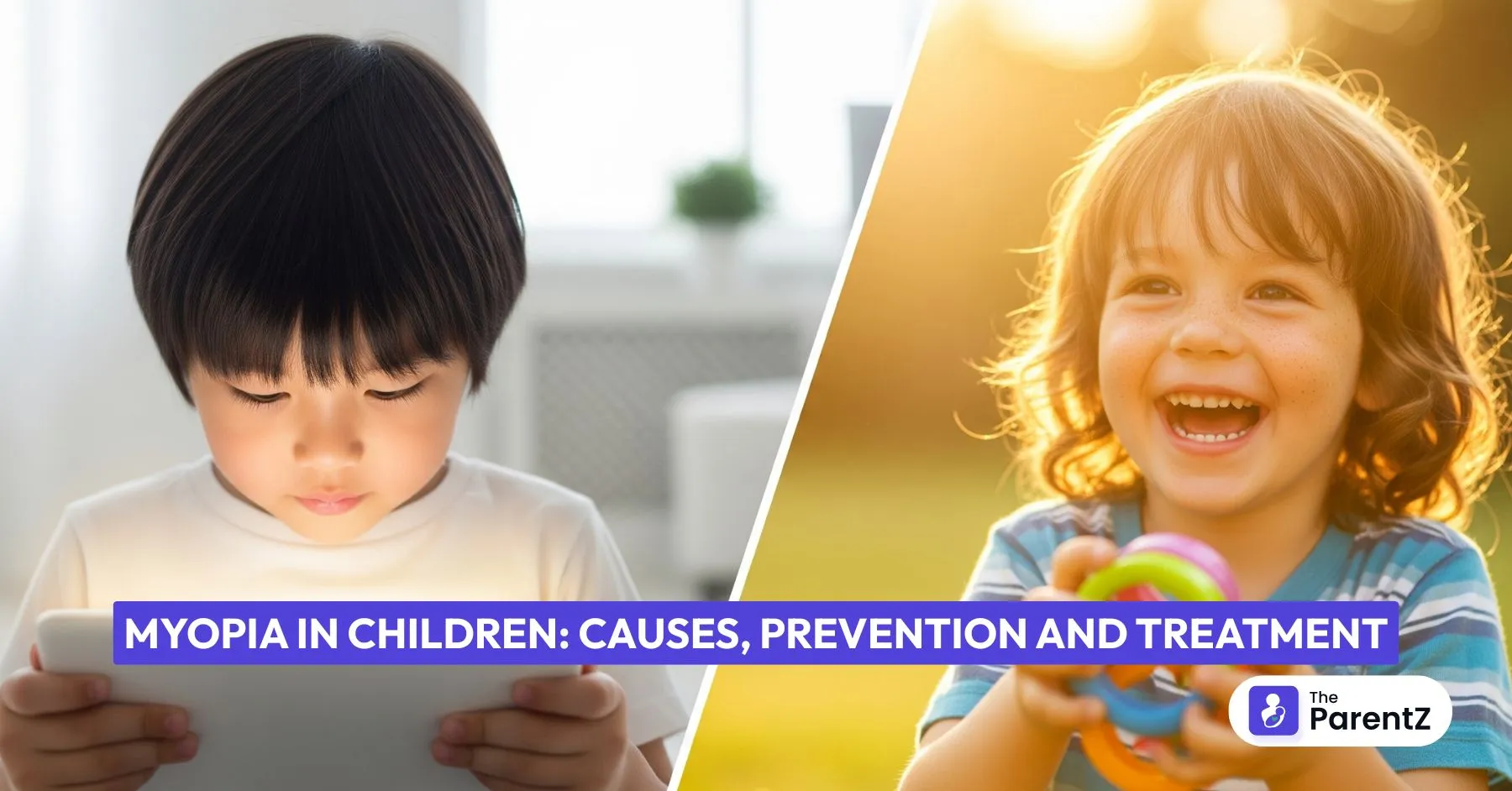

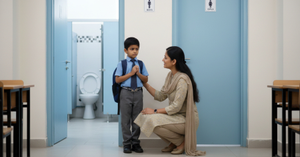
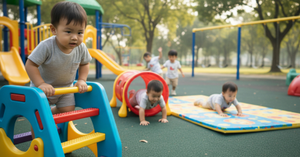
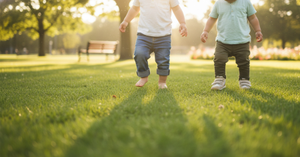
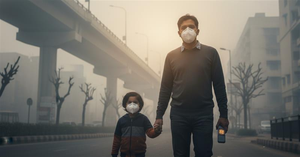

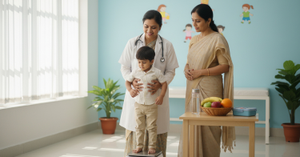
Be the first one to comment on this story.